There’s nothing quite like the sensation of swimming in water that’s just the right temperature. A pool that’s too cold can be uncomfortable to say the least, while overly warm water on a hot day can feel anything but refreshing.
Striking the right balance in temperature ensures maximum comfort for everyone.
Ideal pool temperatures vary based on the pool’s purpose and its users. For general swimming, a refreshing 25°C to 28°C hits the sweet spot. Competitive swimmers often prefer cooler settings to boost performance, while children and those who make use of therapeutic pools thrive at a warmer range of 30°C to 35°C.
Whatever your preference, achieving the perfect swimming experience starts with expert design and precision. Discover your ideal with Ponds by Michael Wheat.
Understanding Pool Temperature Dynamics
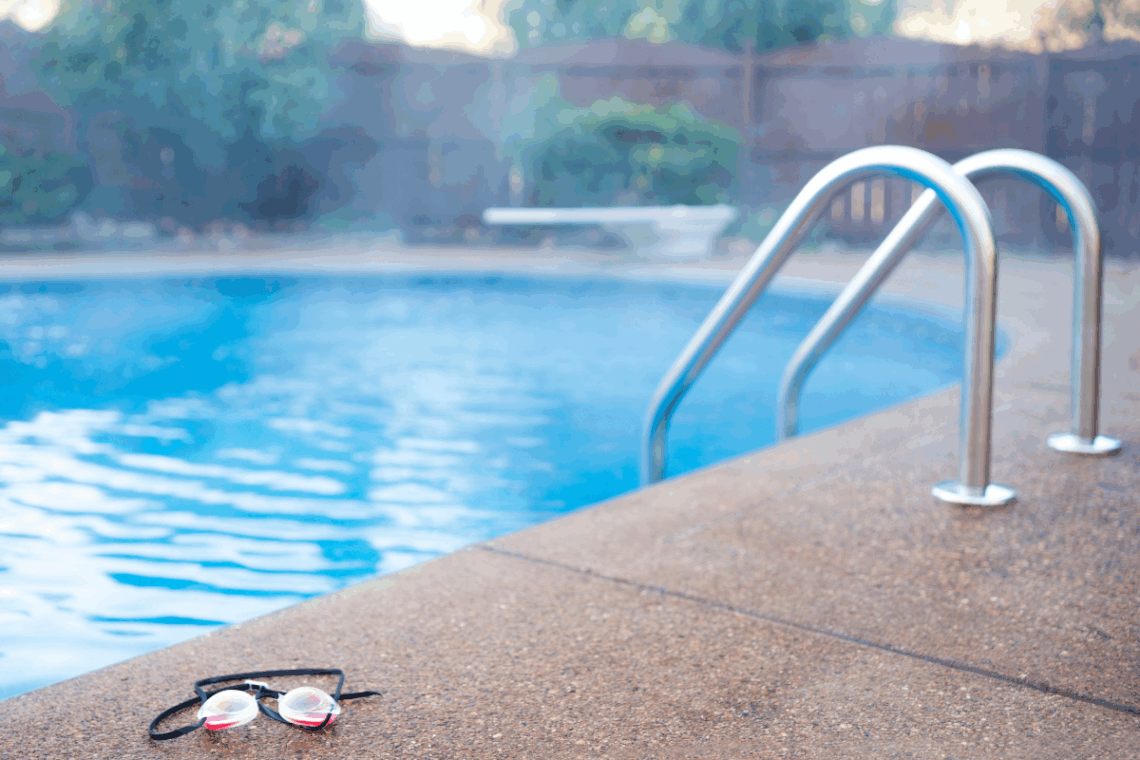
Swimming pool temperature is influenced by heat transfer, air temperature, and evaporation. Heat gain comes primarily from the sun, while loss occurs through conduction, convection, and radiation.
Warmer air and higher humidity slow heat loss, while cooler, dry conditions accelerate it.
Managing these factors is simple with the right tools. Pool covers reduce heat loss, and heaters maintain consistent temperatures, ensuring a comfortable and energy-efficient swimming environment year-round.
Maintaining Your Ideal Swimming Pool Temperature
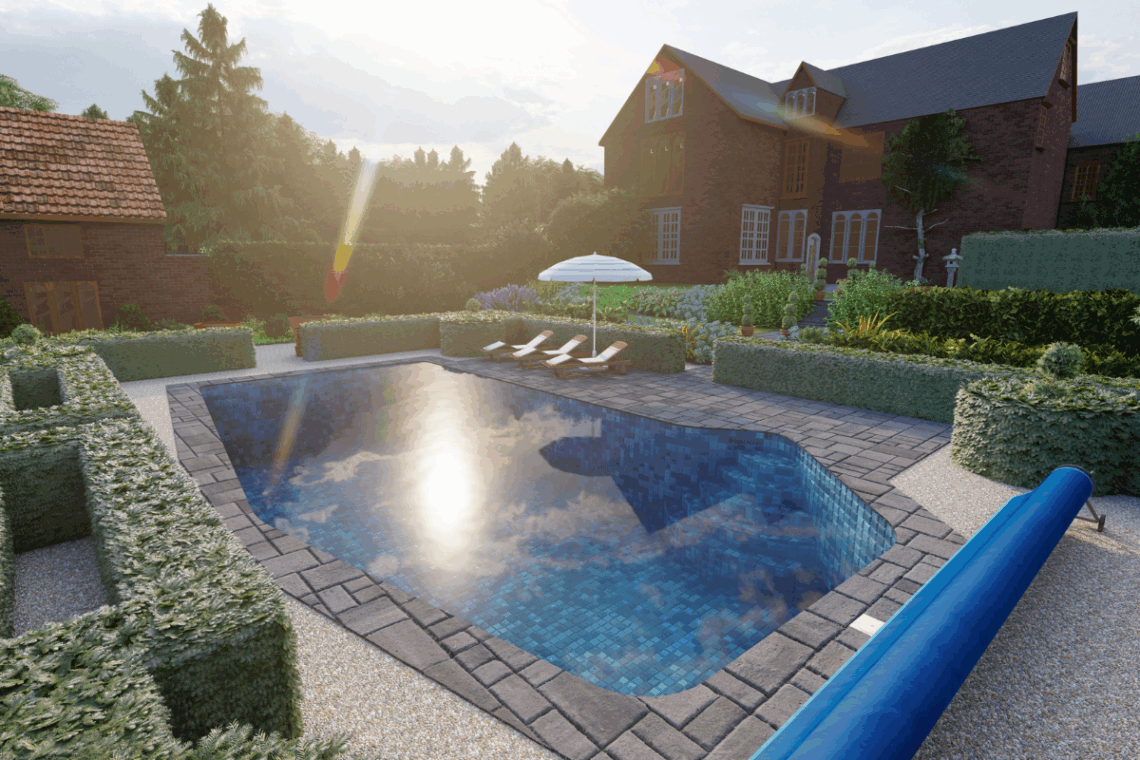
Maintaining the perfect pool temperature elevates your swimming experience while ensuring safety and energy efficiency. Explore these strategies to maintain the ideal temperature, from choosing smart technology to cutting energy costs.
Regulating Temperature for Comfort and Safety
Maintaining the right pool temperature is essential for both comfort and safety. The ideal range for most swimmers is between 25°C and 28°C.
To achieve this balance, use a reliable pool thermometer for accurate temperature readings. Proper temperature regulation not only enhances swimmer comfort but also plays a vital role in managing chlorine demand—the amount of chlorine required to keep the pool water clean and sanitised.
Chlorine Demand and Pool Temperature
Warmer water increases chlorine consumption, especially with heavy use or debris, leading to higher maintenance costs. Maintaining an optimal temperature helps stabilise chlorine demand, ensuring effective sanitation while reducing chemical use. Regular testing and adjustments of both temperature and chlorine levels are essential for a safe, comfortable, and cost-efficient pool.
Technologies for Temperature Control
- Pool Heaters:
- A popular choice for quick heating.
- Ideal for those needing consistent warmth, regardless of weather.
- Consider factors like your local climate and pool size when selecting a model.
- Heat Pumps:
- Eco-friendly and energy-efficient.
- Use ambient air to heat the water, making them cost-effective over time.
- Typically raise the water temperature by 4 – 6°C, making them a reliable option for maintaining comfort, even if they work more gradually than traditional heaters.
- Solar Covers:
- Help retain heat by trapping solar energy.
- Reduce evaporation, conserving both heat and water.
- An affordable and low-maintenance way to enhance efficiency.
By combining these technologies, you can create a comfortable, energy-efficient pool environment tailored to your needs.
Energy Costs and Efficiency Considerations
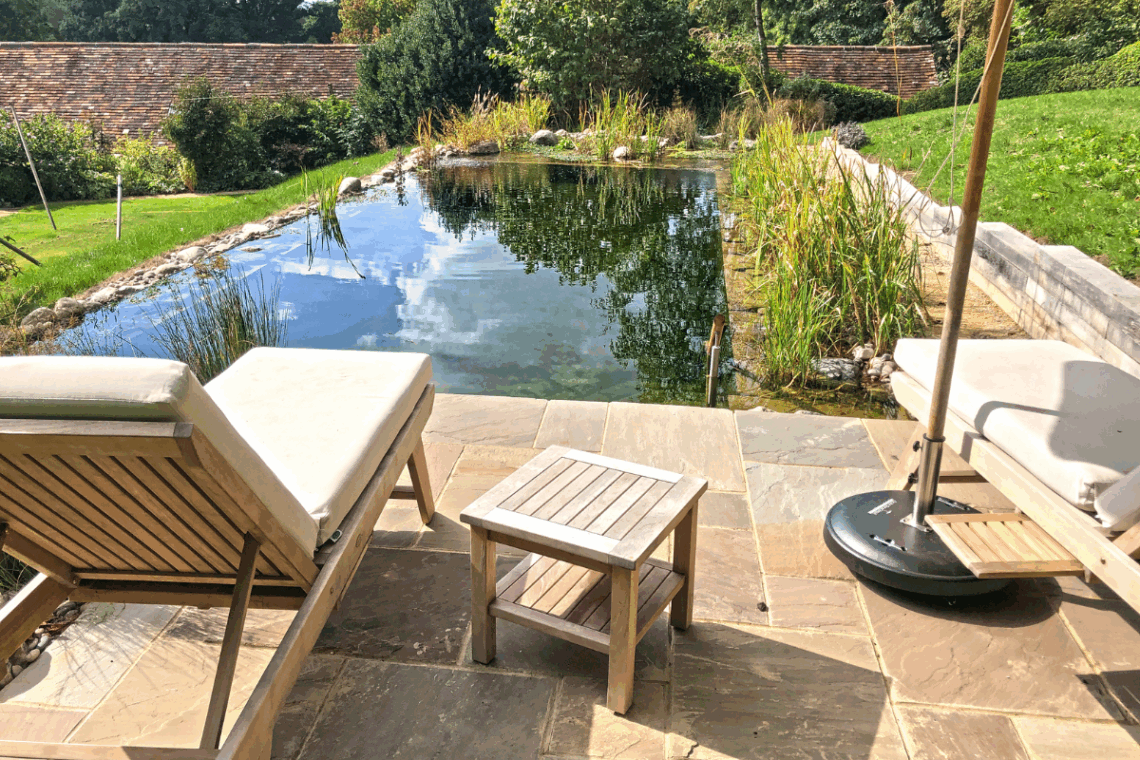
Energy costs can be a concern when maintaining an ideal swimming pool temperature.
- To manage these costs, invest in energy-efficient appliances like a heat pump, which although initially expensive, can save money in the long run.
- Implementing a solar cover is also beneficial, as it is cost-effective and efficient.
- Regular equipment maintenance ensures it operates efficiently, reducing unnecessary energy consumption.
When it comes to swimming ponds, many people choose not to heat the water – particularly during the warmer months. From May to September, the temperature of swimming pool water or a natural pond typically ranges between 15°C and 28°C. That’s ideal for young swimmers, families, and even those training for competitive swimming, especially when the focus is on reconnecting with nature.
Once water drops below 10°C, we recommend a wetsuit, although plenty of people continue to enjoy the invigorating effects of cold water swimming. It’s not just refreshing, but also genuinely good for you. Explore the benefits of cold water swimming, including improved mood, reduced inflammation, and better circulation.
Top Tip: Safety always comes first. For advice on how long to stay in during colder temperatures, the Outdoor Swimming Society’s guide is a great resource.
While heating is possible using options like heat pumps, which gradually raise the water by 4-6 degrees, it’s rarely essential in a natural setting. Plus, heating enclosed pools can sometimes lead to uncontrolled humidity, especially at a higher temperature.
With nature doing most of the work and no need to chase perfect pool temperatures, many swimmers find that a pond offers the perfect balance between comfort, sustainability, and year-round enjoyment.
How Do Swimming Pools Compare to Swimming Ponds?
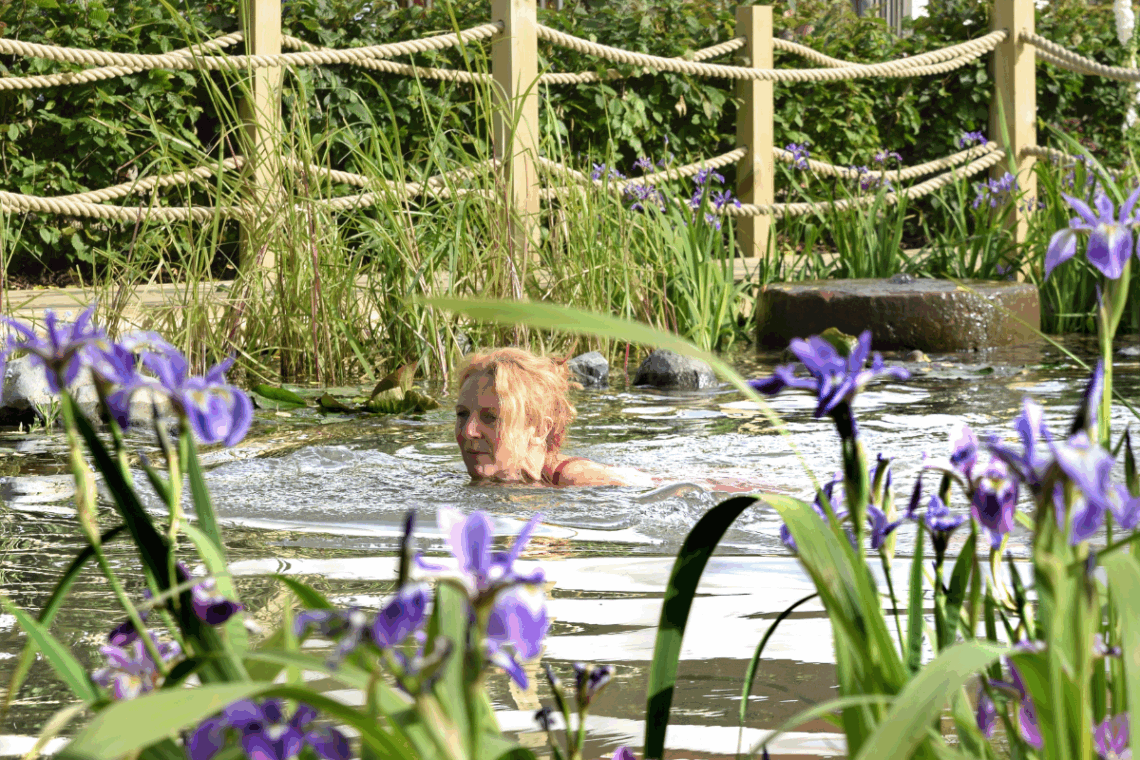
If you’re looking for a fresh approach to creating your ideal swimming environment, swimming ponds offer a perfect blend of outdoor enjoyment and eco-friendly living. They conserve energy and rely on nature to maintain balance, reducing the need for manual maintenance.
Unlike pools, swimming ponds typically reflect external temperatures, warming naturally in summer and cooling in winter. The use of a black butyl liner also helps retain heat, subtly increasing water temperature by absorbing the sun’s warmth.
For a natural, low-maintenance swimming experience, consider the beauty and sustainability of swimming ponds.
These differences highlight the contrast between controlled comfort in pools and the organic, dynamic nature of swimming ponds.
- Heating Control: Pools maintain consistent warmth with heaters or heat pumps, while ponds rely on sunlight and natural processes, resulting in variable temperatures.
- Purpose: Pools prioritise comfort with precise temperature control, while ponds offer a more natural swimming experience, often cooler and ideal for outdoor enthusiasts.
- Heat Retention: Pools use covers and insulation to retain heat, while ponds rely on water volume and plant coverage, losing heat more quickly due to open surfaces.
- Seasonal Use: Pools can be heated for year-round enjoyment, while ponds fluctuate with the seasons, better suited for warmer months unless additional heating is added.
Final Thoughts
The right swimming pool temperature enhances both comfort and energy efficiency, whether you’re hosting family fun or perfecting your daily laps. From heat pumps to solar covers, there are plenty of ways to achieve a consistent, inviting environment year-round. And for those seeking a more natural, low-maintenance alternative, swimming ponds provide a refreshing, eco-conscious option.
For those looking to take their preferences to the next level, exploring designs from Ponds by Michael Wheat offers an exciting opportunity for bespoke natural swimming ponds. Contact our team for more information or guidance on creating the perfect swimming environment for you.
Frequently Asked Questions
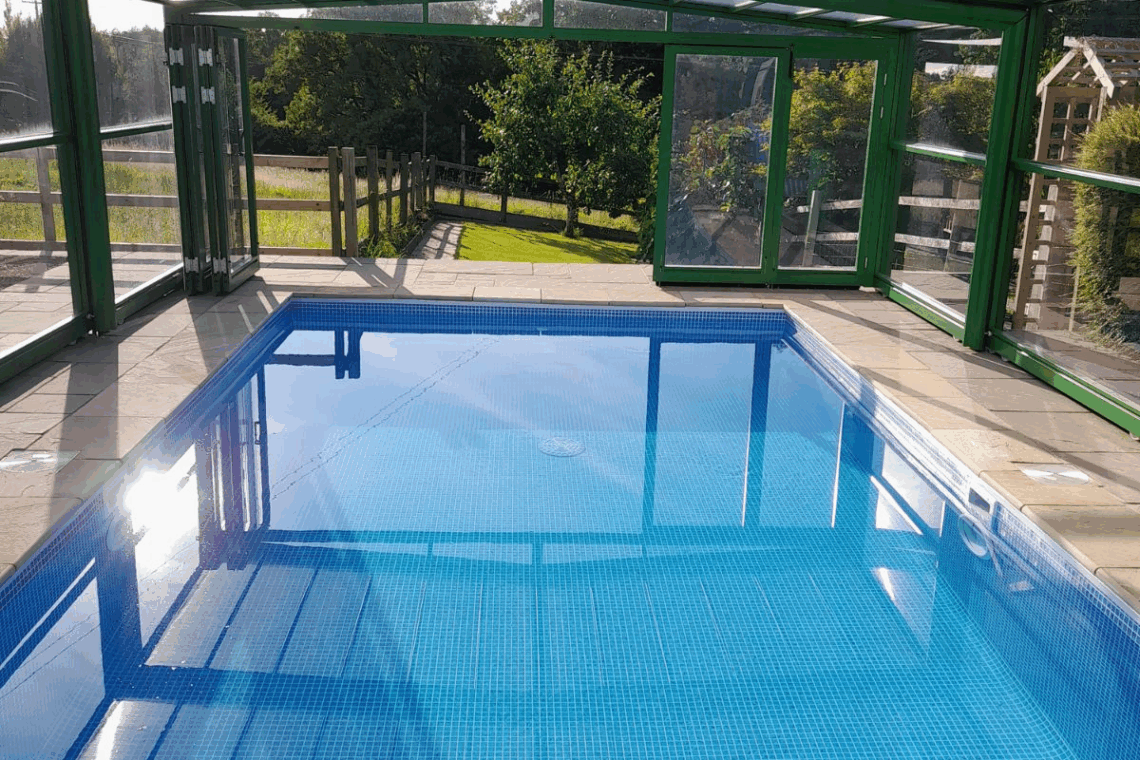
Understanding pool temperatures is important for both safety and comfort. Regulating them can feel complicated, but the following FAQs will guide you in finding the best methods.
What is the ideal temperature range for a swimming pool?
The ideal temperature for swimming pools is generally between 25°C and 28°C (78°F to 82°F) for various activities. These temperatures offer comfort while accommodating different swimming needs.
What are the recommended temperature guidelines for indoor swimming pools?
For indoor pools, maintain the temperature between 27°C and 29°C to ensure warmth and comfort. This is beneficial for regular swimmers and is especially appreciated in cooler outdoor conditions.
How does the temperature of a swimming pool affect elderly swimmers?
Elderly swimmers often prefer warmer water, around 28°C to 30°C, for comfort and therapeutic benefits. Warm water can also reduce the risk of muscle cramps and joint pain.
What is the minimum safe temperature for swimming pools in the UK?
In the UK, a minimum of 25°C (77°F) is recommended for safety. This helps prevent hypothermia and ensures a pleasant swimming experience. Children and older people should keep from swimming in this temperature for extended periods.
At what temperature does a swimming pool become too cold for safe use?
Water temperatures below 21°C (70°F) are considered too cold for safety, increasing the risk of hypothermia, particularly during prolonged exposure.
What factors should be considered when setting the temperature of an outdoor swimming pool?
For outdoor pools, consider climate, usage, and availability of pool covers. Climates with severe summer periods may need less heating, whereas regions that have extended winter periods require more to maintain comfort.
How much does it cost to heat an outdoor pool in the UK?
Heating costs for outdoor pools in the UK can vary depending on the heating method, pool size, and how often it’s used. On average, expect to pay between £2 and £10 per day and between £200 to £500 per month. Heat pumps are generally the most cost-effective option. Gas and electric heaters tend to be more expensive to run, while oil heaters are usually the priciest.
How can you heat a swimming pool for free?
To heat your pool without adding to your energy bill, consider using a solar cover. While pool covers can be used, their main purpose is to protect your pool from debris, whereas solar covers trap natural heat from the sun and reduce heat loss through evaporation. Positioning your pool to receive maximum sunlight and planting windbreaks nearby can also help increase water temperature naturally.